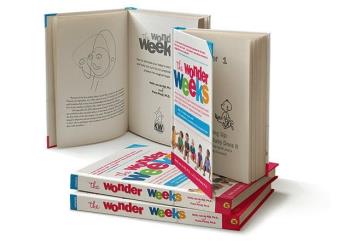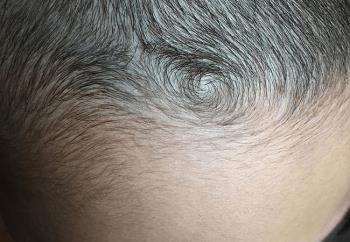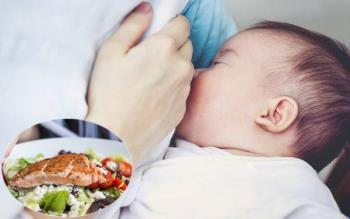Respiratory failure in a newborn occurs when a baby's lungs are not fully developed, do not supply enough oxygen, cause difficulty breathing and can lead to dangerous complications.
Is infant respiratory distress syndrome dangerous?
The respiratory distress syndrome in children is also called hyaline membrane disease or lung disease lacking surfactants. This is a very common syndrome in the neonatal period. They are especially prone to appear in the early days after birth. Children with respiratory failure may have difficulty breathing . It is also the syndrome with the leading mortality rate in newborns.
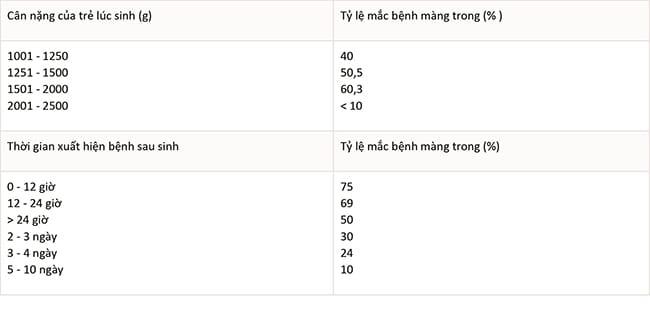
Table of incidence of children with illness increases with weight and time of disease occurrence
Causes of respiratory failure in infants
Respiratory failure due to preterm birth
In preterm infants, pulmonary capillary permeability increases. This causes a quantity of blood cells and plasma to be transferred into the lung follicle. After the alveolar fluid is withdrawn in the lymphatic way, the alveolar lumen also contains many red blood cells and fibrin. This leads to the baby not being able to breathe normally. Therefore, premature babies are very susceptible to respiratory distress syndrome.
However, this problem can also happen in other normal babies. Its causes are also quite diverse.
Respiratory failure in the newborn due to lack of surfactant
In addition to preterm birth, a baby with respiratory failure can also be caused by asphyxia before birth. Alveolar cells are hypoxic and cannot produce surfactant. This is a surfactant. They are made up of protein and fat. Surfactants will help the lungs expand and prevent them from collapsing.
The fetus usually produces surfactant between 24 and 28 weeks of pregnancy. If there is enough surfactant, the infant can breathe normally by week 34. In contrast, the child has a lack of surfactant due to many collapsed alveoli causing respiratory failure.
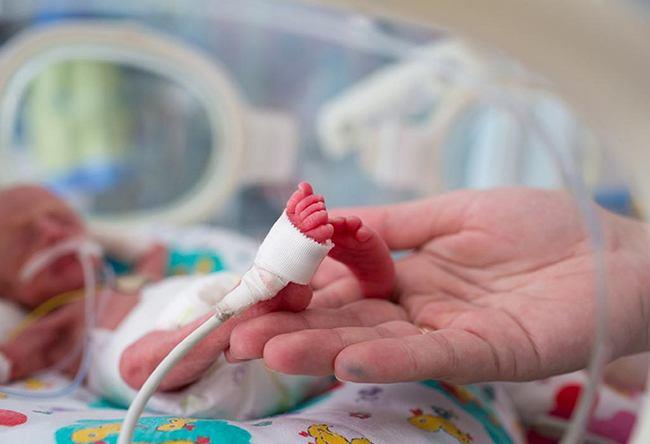
Premature babies often lack surfactants
Children with respiratory failure due to inhalation syndrome
This is the most dangerous case and often has a bad prognosis. The reason is that the baby is asphyxiated, so the baby has early breathing movements before birth. This accidentally causes the baby to inhale amniotic fluid. At birth, the baby was suffocated, cyanotic, and had amniotic fluid in the nose and mouth. Sometimes the baby will even be infected with meconium.
Infants have respiratory failure due to pneumonia
Usually occurs during the first 3 hours of life due to a fetal infection. This disease is quite serious, often accompanied by septicemia, systemic infection.
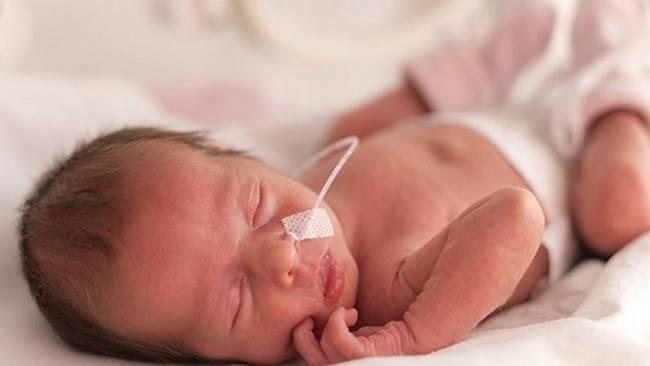
The newborn baby is very susceptible to fetal infections
In addition to the above common causes, there are a number of other things that can lead to this condition. For example, a child who has a cesarean section, a pregnant woman with diabetes ... Pregnant women with multiple pregnancies or a family history of respiratory failure are also very easy.
Symptoms of neonatal respiratory failure
Symptoms of neonatal acute respiratory failure appear shortly after birth. Many will appear a little slower (around 24 hours after birth). The most common symptoms are: pale lips, fingers and toes. The baby's breathing is also fast and shallow ; The nose is bulging and there is a groan as it breathes.
Several tests to diagnose respiratory distress syndrome
- A blood test to measure the amount of oxygen in the child's blood. At the same time, doctors can check for infection. The test is to use sensors mounted on the fingers, ears or toes of the baby.
- Chest X-ray to find the presence of special lung clouds in the NRDS
How to treat?
Infants with respiratory distress should be treated as soon as possible. Usually the baby will be transferred to the specialist unit for the care of premature babies. If symptoms are mild, the infant will be given oxygen. If symptoms are more severe, your baby will be fitted with a ventilator. This device will support and help your baby control his breathing better.
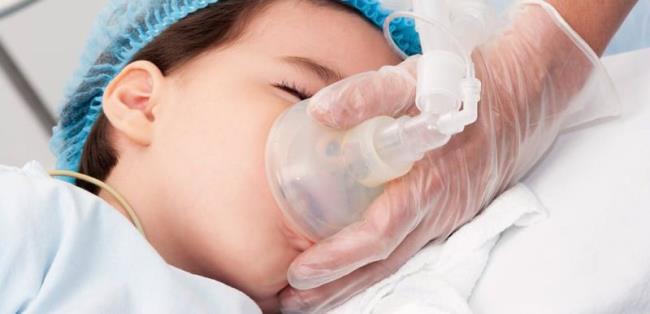
The baby is transferred to the specialist for the care of premature babies and is given mechanical ventilation
These treatments are usually performed immediately in the delivery room. Infants are also given a dose of artificial surfactant. Usually, doctors give this substance through a breathing tube.
Some babies with respiratory distress need only relief for a few days. But some babies, especially premature babies, may need care for weeks. Many severe cases force doctors to treat the baby for several months.
In conclusion
Most babies with respiratory failure can be treated with success. However, some children will still experience some health problems in the future. For example, pneumothorax, pulmonary hemorrhage, cerebral hemorrhage, lung scarring ... Even, if the child's brain is damaged by respiratory failure, bleeding or lack of oxygen. The above problems can cause long-term disability for children. Children will have difficulty learning, moving, hearing loss or impaired vision.
When parents notice that your baby has one of the unusual symptoms of respiratory distress syndrome, parents should call a doctor immediately. From there, promptly identify the cause and take the correct treatment measures.
see more
Is newborn wheezing, normal, or need follow-up treatment?
How to monitor your child's breathing to prevent risk of disease - A handbook for nursing a newborn
How to prevent respiratory diseases for children is simple but effective when the seasons change












